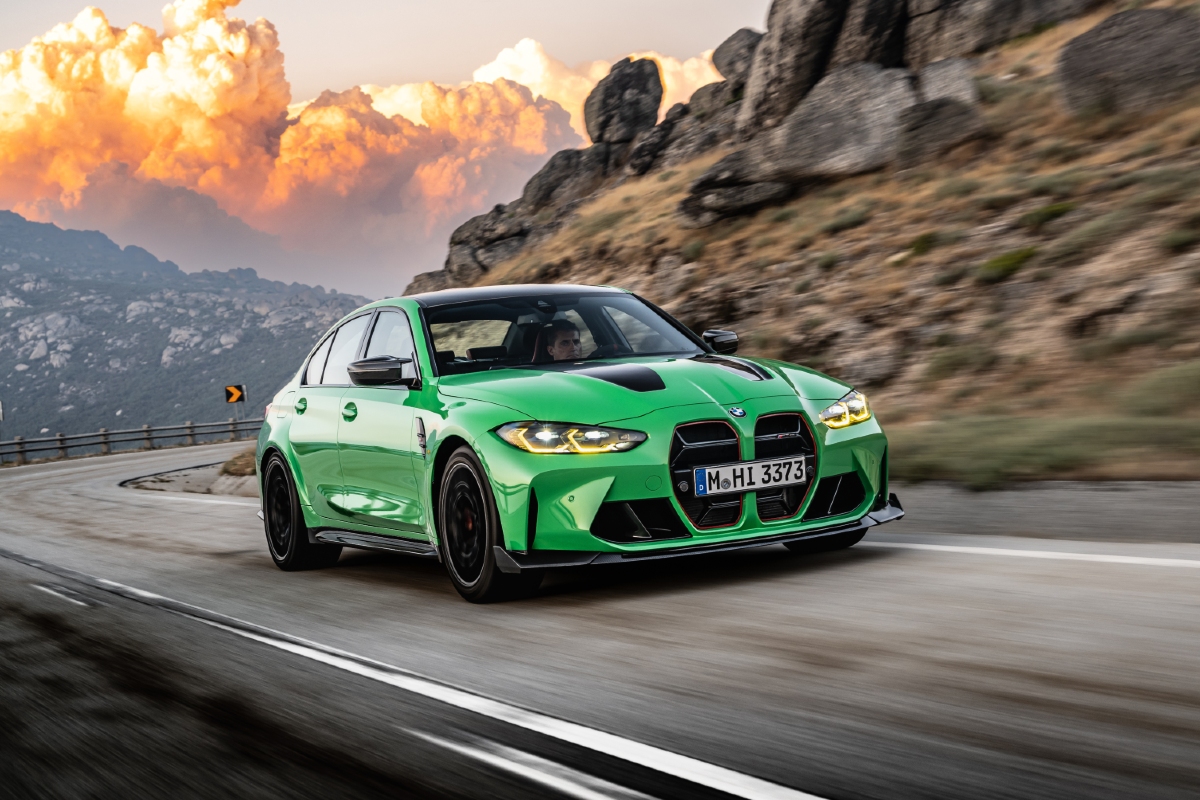
What is it?
The quickest, most powerful and most capable BMW M3 in the nameplate’s 38-year history. No big deal, then.
The CS is the new halo variant of the G80 M3 range, sitting above the Competition. It shares the same rodent-esque, much-maligned front grille treatment.
The all-wheel-drive M3 CS is sibling to the M4 CSL coupe, which shares the same engine but is rear-wheel-drive and a hefty 140kg lighter.
READ MORE: BMW M3 CS debuts at Daytona
Does it have any racing pedigree?
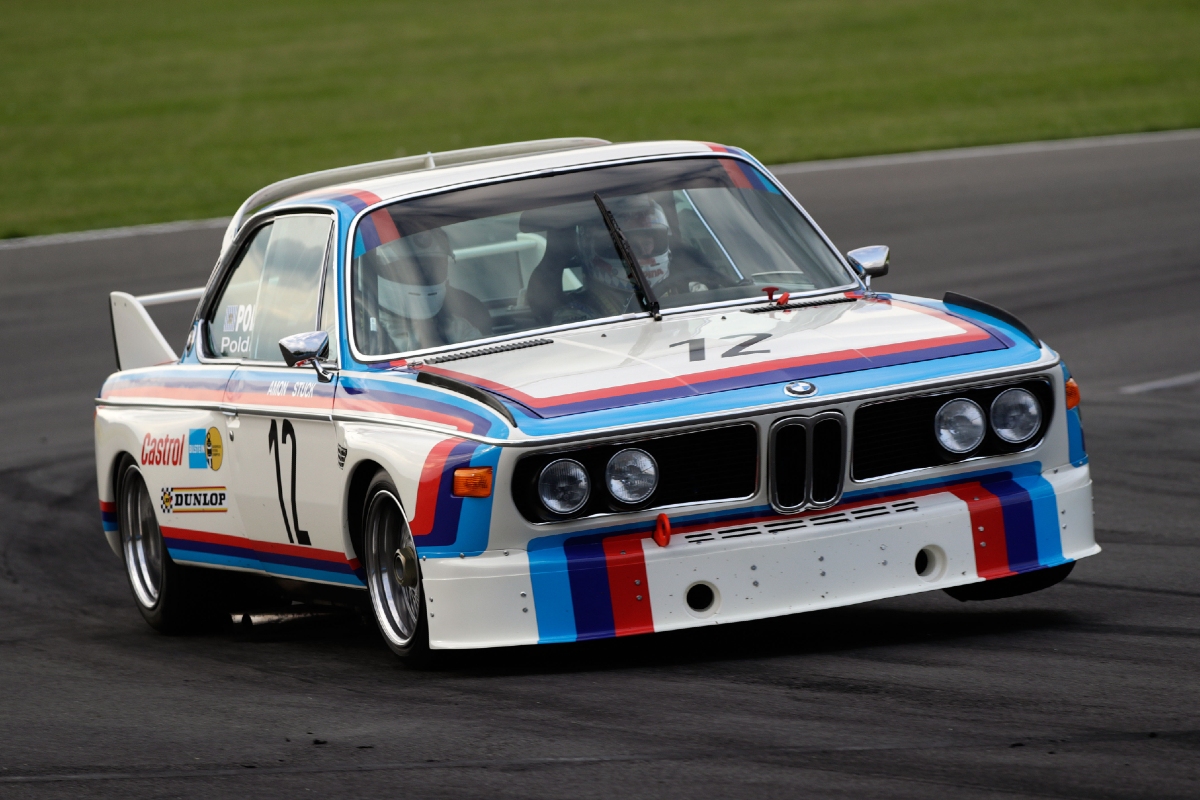
The M3 CS has racing pedigree in spades. In English, CSL stands for Coupe, Sport and Light and traces its origins back to the 1930s. While the CS isn’t CSL, it still shares DNA with race-bred BMWs going back to the original 3.0 CSL from 1973, nicknamed the Batmobile.
VIDEO: BMW reveals its M secrets
The race version of that car legendarily won the European Touring Car Championship in its first attempt in 1973, and then five consecutive times from 1975 to 1979. Its drivers included Hans-Joachim Stuck, Kiwi Chris Amon and Niki Lauda.
Since then, CSL has stood for the most powerful road-going BMW you can get. A BMW with a CS in its name – the 635 CSi – won the Australian Touring Car Championship in the hands of Jim Richards in 1985.
What’s under the bonnet?
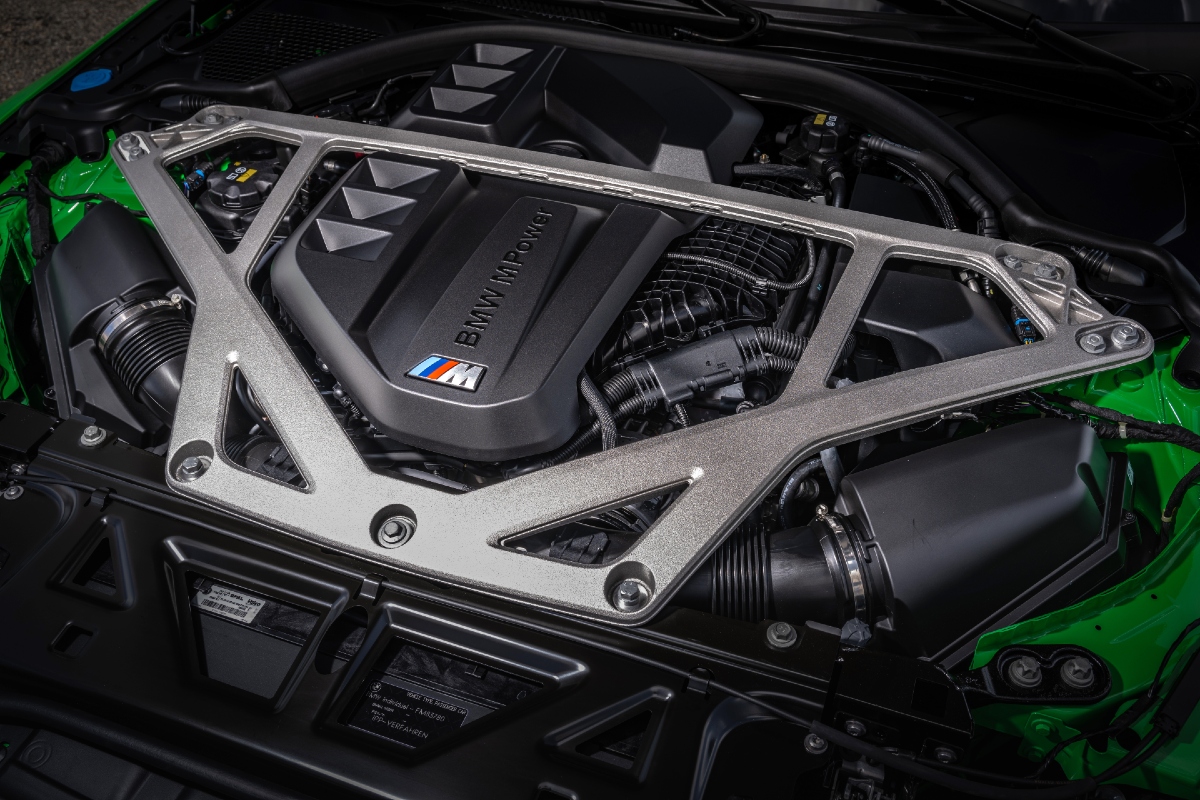
The most potent iteration yet of BMW’s S58 2993cc inline-six. M Division has increased boost pressure from the twin mono-scroll turbochargers to 15.7psi (from 9.9psi), yielding a power increase of 30kW, now 405kW at 6250rpm. Torque remains 650Nm but is available for slightly longer in the rev range, from 2750rpm to 5950rpm.
READ MORE: Top 5 – BMW M cars from the first 50 years
There’s an eight-speed torque converter automatic transmission, an all-wheel-drive system (that can be switched, gleefully, into rear-drive mode) and BMW’s awesome active M locking rear differential. The CS gets stiffer engine mounts than the regular M3 Competition, to further sharpen throttle response.
While BMW has used carbon-fibre reinforced plastic (CFRP) for things like the front bumper and rear diffuser, and there’s a titanium rear muffler, weight is down only 15kg, now 1765kg (DIN). The pricey, optional carbon ceramic brakes drop that a further 20kg – crucial unsprung weight.
How does it handle?
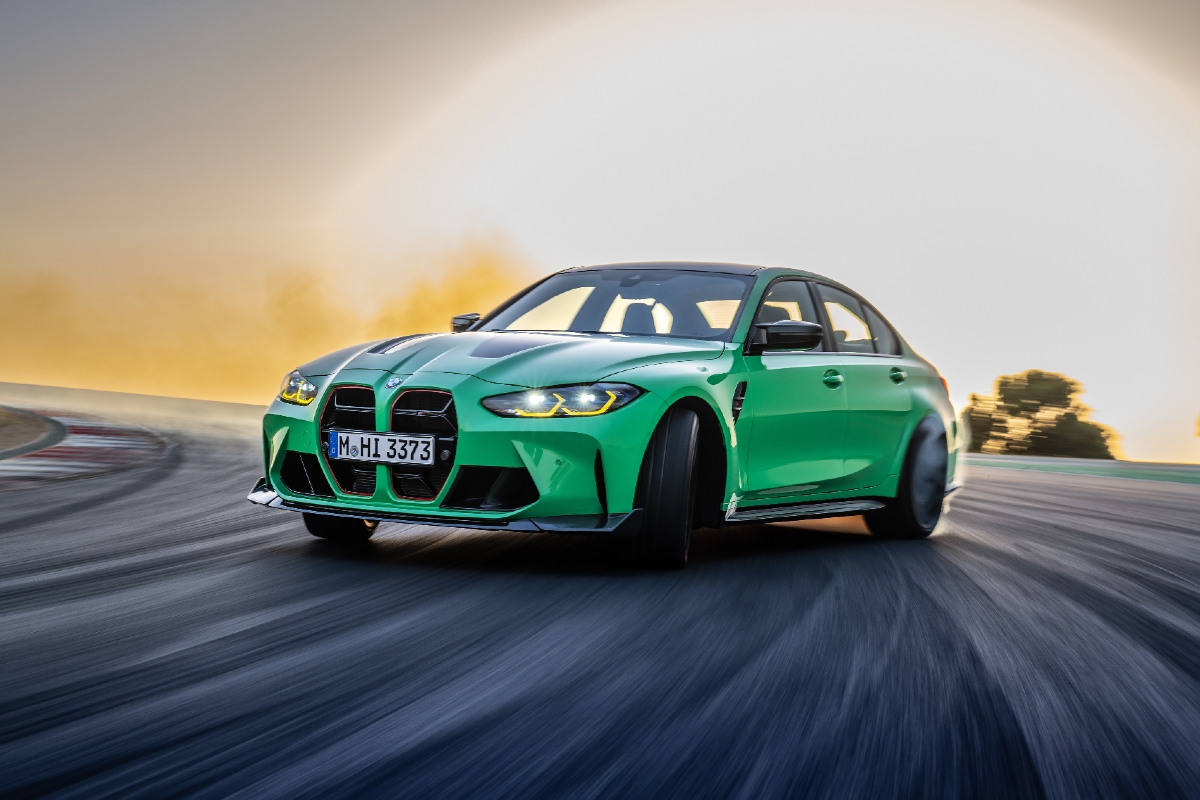
Superbly. The M3 CS is ferociously fast with a satisfying straight-six snarl, plenty of turbo hiss under load, and lots of cheeky pops and crackles on the exhaust overrun.
Mid-corner grip is a major theme of the M3 CS, thanks to the very sticky Michelin Pilot Sport Cup2 tyres. You almost can’t believe the increasing speed you can carry into corners as the tyres build temperature.
READ MORE: 2021 BMW M2 CS review
The awesome all-wheel-drive system effectively offers three modes: maximum traction (“AWD”), a traction-enhanced rear-drive feeling (“4WD Sport”), or full, ESC-off rear-drive (“2WD”) mode. With so much power going through only two rear contact patches, rear-drive mode is only for the brave.
Back in the urban environment, while the solid suspension mounts and hardcore tyres incessantly transmit a fair bit of road information, the CS rides well in Comfort mode and could easily be daily-driven.
Where would you most like to drive it?
Mount Panorama, Bathurst. The all-wheel-drive system would help massively punching out of corners like The Cutting, while we’d love to see what 405kW could do down Conrod Straight. The big stops into The Chase, and the end of Mountain Straight, would be a great test for the carbon ceramic brakes.
What’s the interior like?
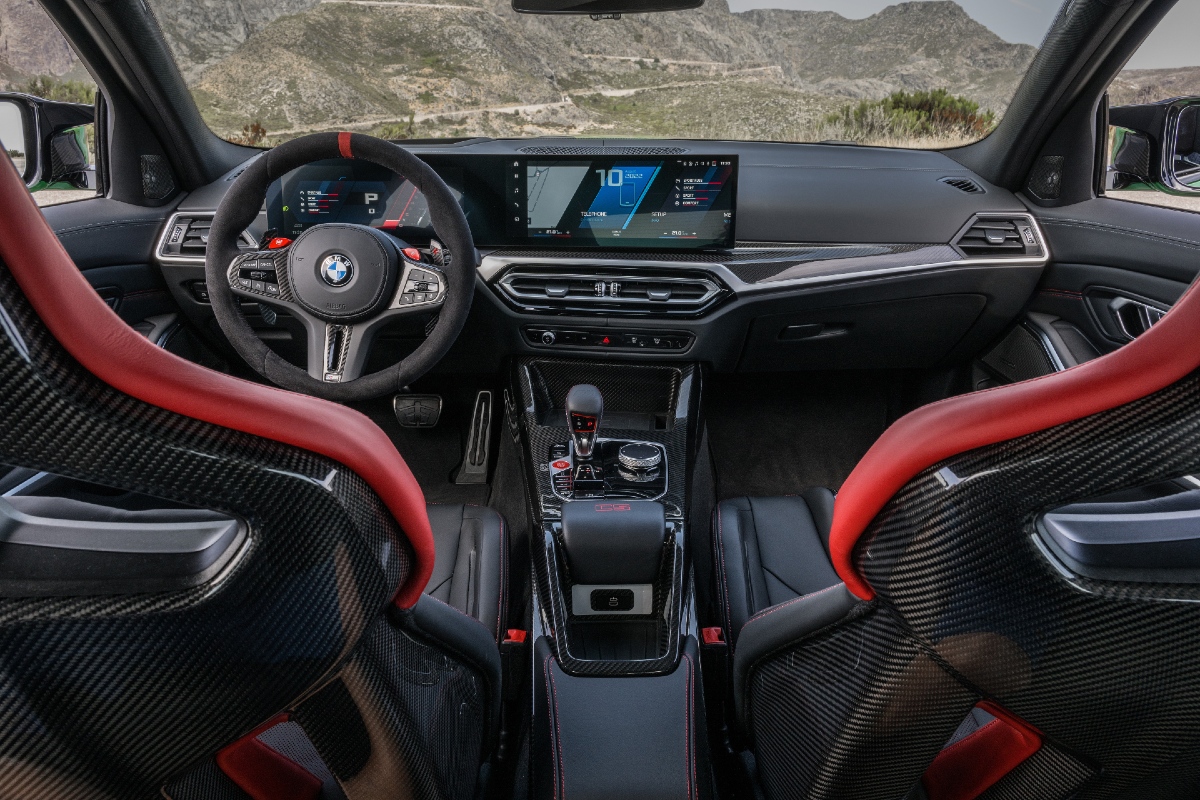
Alcantara on the steering wheel brings to mind countless other track-special cars, while there’s carbon-fibre and red stitching in abundance, and BMW’s highest Merino grade leather.
A 14.9-inch digital instrument cluster combines with a 12.3-inch infotainment touchscreen, making for a giant curved dashboard screen – which looks smart and high-tech.
There are CS-specific bits such as thin, wafer-like carbon-fibre shift paddles, and a bespoke CFRP centre console (which deletes the rear air-vents). Mercifully, there are door handles and not little fabric strips. There are plenty of mod-cons here, too, like electrically adjustable heated front seats, dual-zone climate control and the boot is even electrically operable.
Make sure you sit in the front BMW M Carbon bucket seats before buying the car. They’re so tight-fitting they almost need to be thought of like buying running shoes – and they won’t be comfortable for probably a great many people, especially those who love a pie.
Being fundamentally based on a 3 Series means the M3 CS is very practical by performance car standards. There’s plenty of space for the startled backseat passengers, while there’s also a large, 480-litre boot.
How much does the M3 CS cost?
While the previous generation F80 M3 CS was $179,900 just five years ago, this new G80 iteration is $249,900 before on-road costs. That’s a not insignificant $72,100 more than the M3 Competition xDrive. Our test car came with the $16,500 optional carbon ceramic brakes making for an as-tested MSRP of $266,400.
Would I buy one?
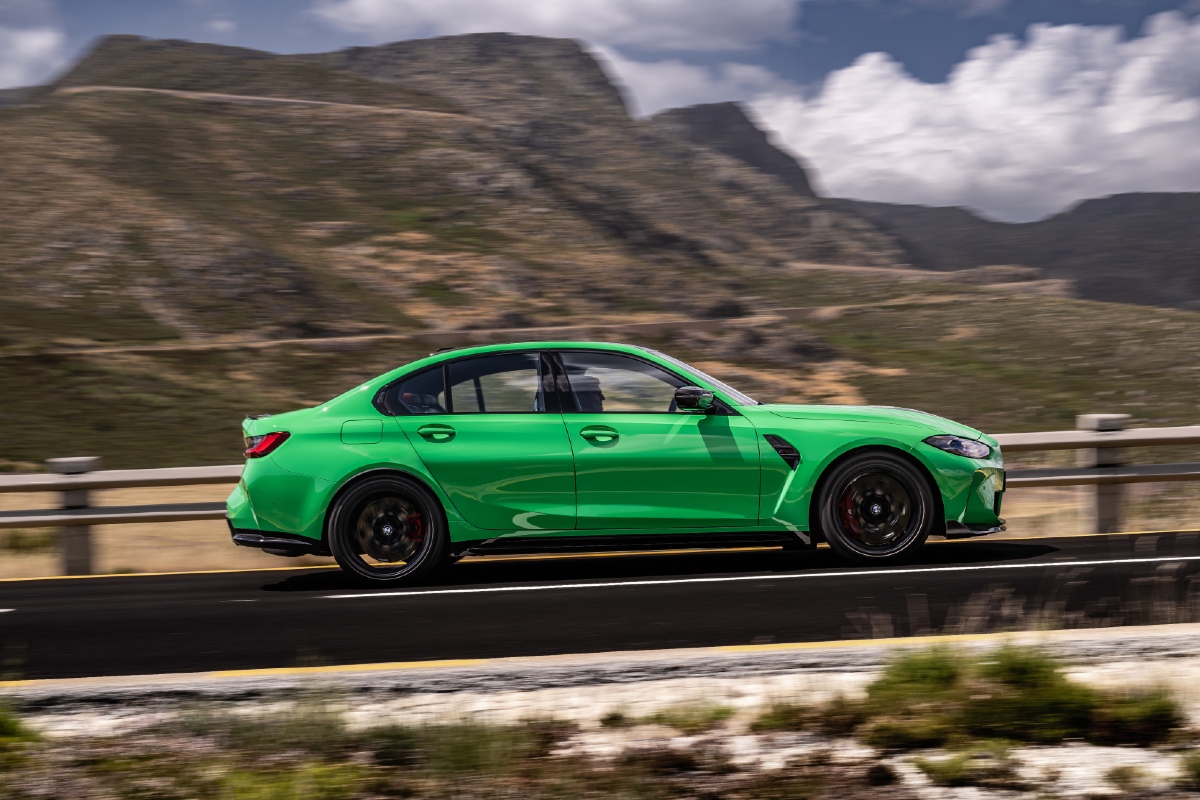
We know inflation has been bad, but $250K is quite a lot of money for a 3 Series-based vehicle. Still, this is a car you’ll never, ever bore of driving. It was very, very difficult to give the test car back to BMW, we loved it that much.
An M3 has never been so fast, yet friendly and fun, and a lot of that has to do with the selectable all-wheel-drive system – a worthwhile addition to the model. Until the G80, the rear-drive M3 was just simply getting overpowered and a bit scary.
You’ll have to be quick if you want one, though. As TorqueCafe closed for press on this review, just 22 of the 94 allocated M3 CSs were still available.






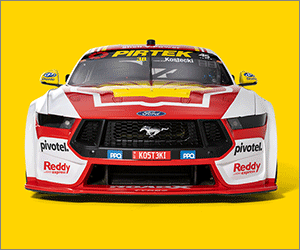





Discussion about this post